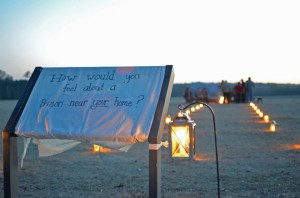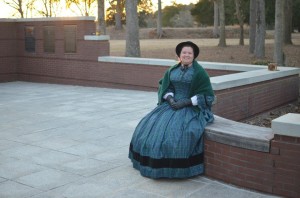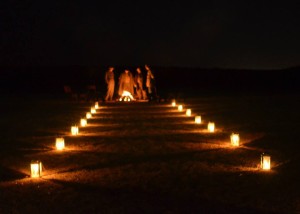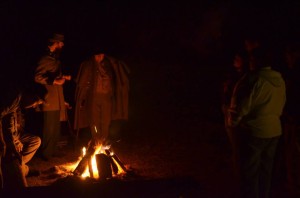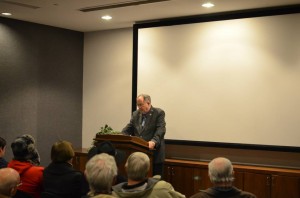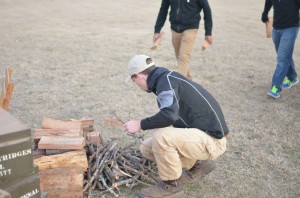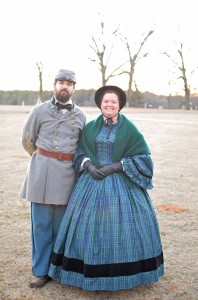These pictures were taken, text written, and permission for use granted by
Andersonville National Historic Site.
150 years ago, in January 1864, Camp Sumter was an active construction site. Large numbers of slaves and laborers toiled to clear the land and build the prison stockade while Confederate officials frantically worked to acquire the materials necessary to build and maintain the facility and its future captives. The Confederate Army saw this site in rural Georgia as a solution to the problems plaguing the prison system in Richmond.
However, for the people who lived in the surrounding communities, a prison with 10,000 enemy soldiers and hundreds of guards would change their lives, for better or worse. For this Night Museum program, we asked visitors to imagine this place in January 1864, before the prisoners arrived, and to consider “How would you feel about a prison near your home?”
A local woman, Miss Mary Rawson, from the Plains of Dura (now just Plains) spoke with visitors about her feelings about the prison being built here – an especially personal subject for her, as her brother Joseph had been captured in December 1863 and was being held at Rock Island.
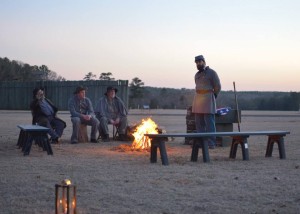 After a long day at the construction site, a shop keeper from Americus, a Confederate soldier home on furlough, and a local politician active with the militia all vented their frustrations and fears about the Confederate Army’s operations in this area. Visitors also participated in this town meeting and shared their views about the prison being built so close to home. An officer from General Winder’s staff in Richmond was on hand to help alleviate any concerns that the local citizens had.
After a long day at the construction site, a shop keeper from Americus, a Confederate soldier home on furlough, and a local politician active with the militia all vented their frustrations and fears about the Confederate Army’s operations in this area. Visitors also participated in this town meeting and shared their views about the prison being built so close to home. An officer from General Winder’s staff in Richmond was on hand to help alleviate any concerns that the local citizens had.

The officer from Richmond updates a family from Americus on the progress being made on construction at the site.
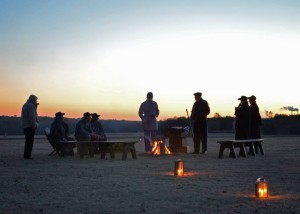
Many visitors expressed concerns about prisoners escaping, as well as the arrival of two regiments of guards into this small community.
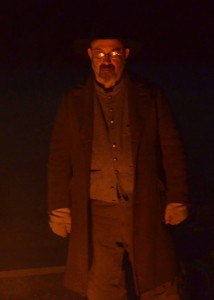
A local shopkeeper expressed reservations about the influx of soldiers on his business, especially the army’s impressment of up to 10% of his property.
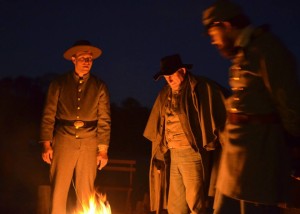
This soldier home on furlough spoke candidly about his fears about prisoners escaping. With he and many of the men off at the front, who would ensure the safety of his family?

This local politician and member of the militia expressed strong reservations about the role of the Confederate government at this place. He felt that the army’s operations here represented a violation of Georgia’s sovereignty, and that he could not support the army’s presence here. “These aren’t Georgia’s prisoners, why should they be Georgia’s problem? Find somewhere else for this prison, or leave the prisoners in Richmond,” he said.
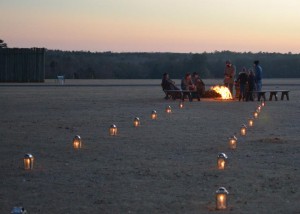
The incomplete prison wall served as the backdrop for this town meeting. Local citizens were assured that the walls would be completed before the prisoners arrive next month.
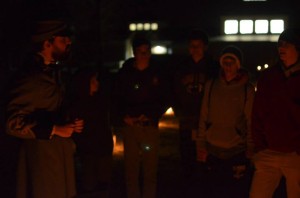
These young men are pressed about their loyalty, and encouraged to consider serving their state and country by enlisting in one of the reserve units that are being organized.
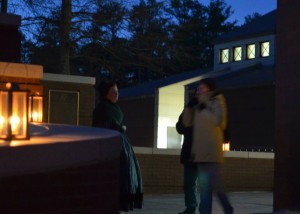
Miss Rawson speaking with visitors as the go to the meeting.
Historian Robert S. Davis, author of several books on Andersonville, spoke with visitors about the role of African-Americans during the prison’s construction and throughout its operation.
A big thanks to our youth HIAP (Historical Interpreters Apprentice Program) participants, who helped set up for the event, monitored fires & lanterns, and served as event photographers.
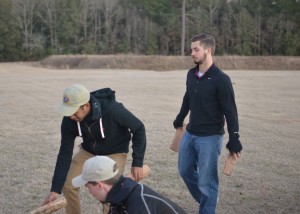
HIAP participants helping set up.

Historian Robert S. Davis meeting with the living historians while they prepared for the town meeting.
Chris Barr & Stephanie Steinhorst
Andersonville National Historic Site
National Park Service

